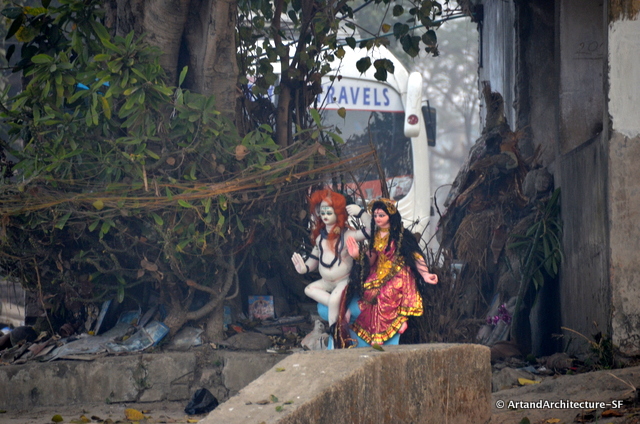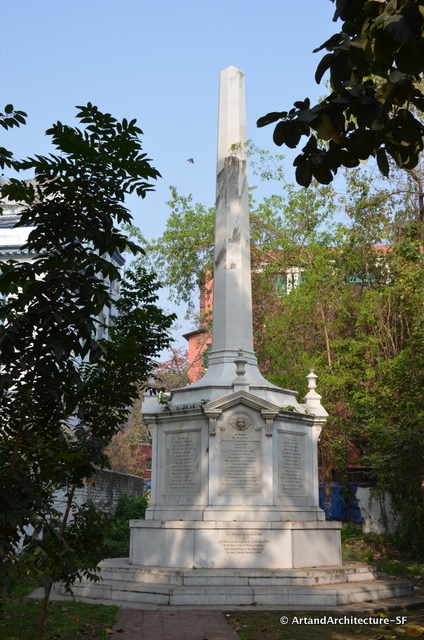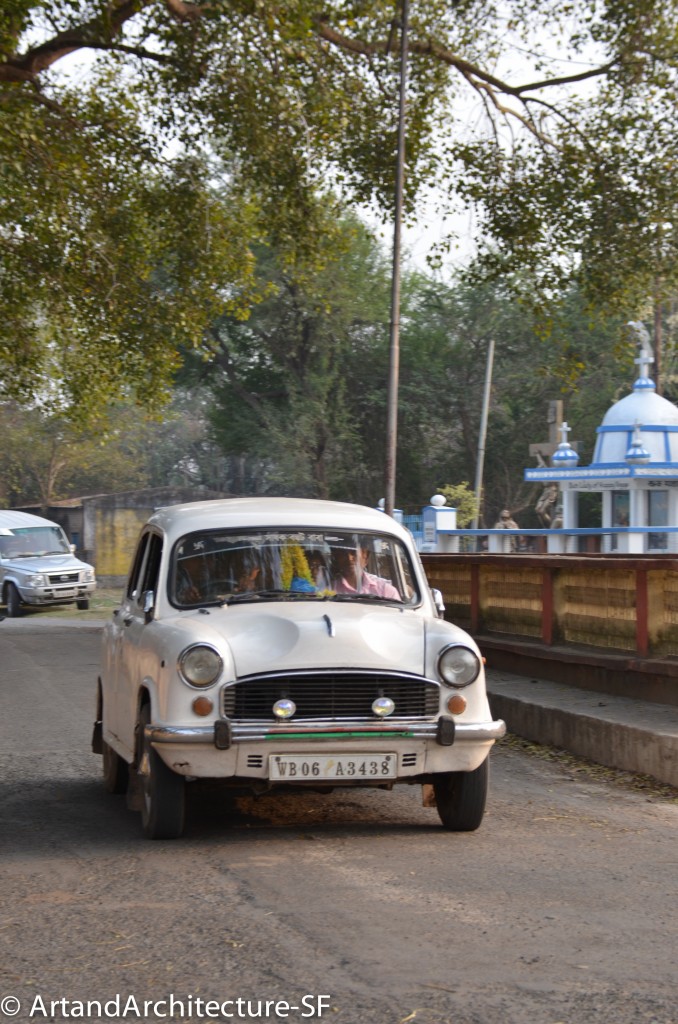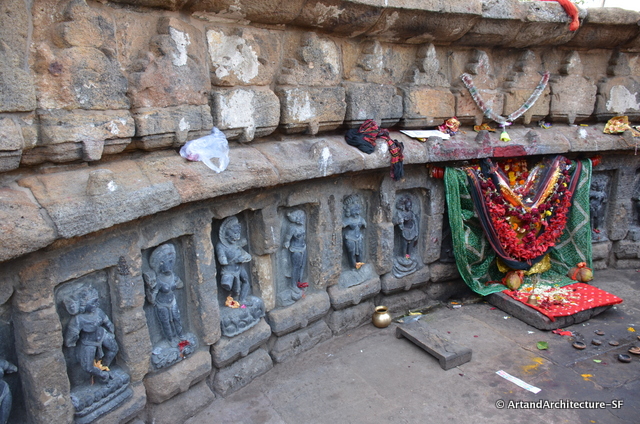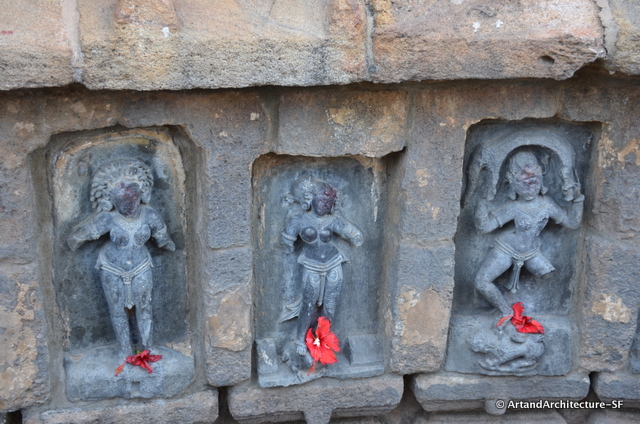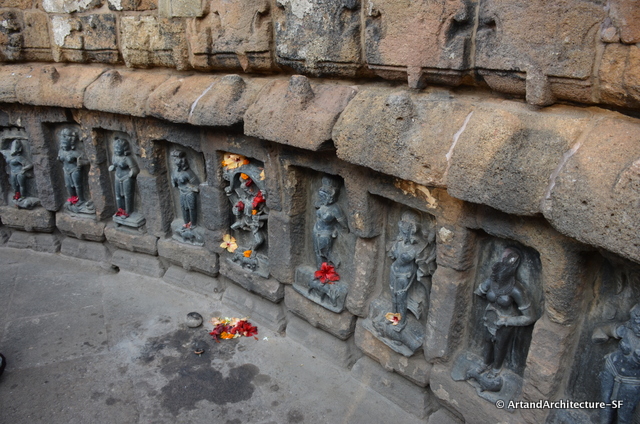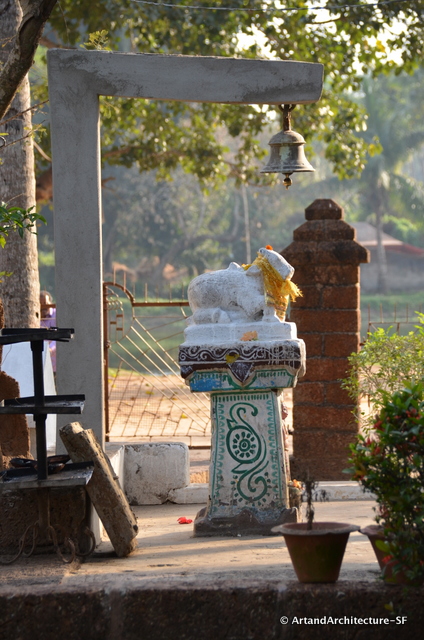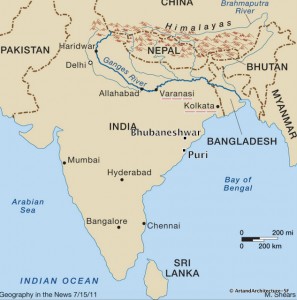Our morning began with disembarkation from the R.V. Bengal in Kolkata (Calcutta). We were given a very brief tour of Kolkata along with two stops, normally this would be highly disappointing to me, but one drive through the city and you know it is not somewhere you want to spend too long. That is not to deride Kolkata, the frenzy of New Delhi is enough, quadruple that and you have Kolkata, a city to be taken in small bites.
Coming into town we passed the RCTC or Royal Calcutta Turf Club and the RCGC, the Royal Calcutta Golf Club. The RCTC was founded in 1847 in Calcutta, British India and became the premier horse racing organization in India during the British Raj. It is still an exclusive private club and still operates the Kolkata Race Course.
 Then our first stop, the magnificent Victoria Memorial Museum. We did not have time to go in, but the building itself takes your breath away. The domed classical structure was dreamed up by Lord Curzon, apparently one of British India’s most flamboyant viceroys. The building was completed in 1921 and is constructed with Makrana marble, the same marble used in the Taj Mahal. The building was financed by “donations” from princes and “ordinary” citizens. When the museum originally opened it was to showcase the Queen, but now it houses a large collection on differing subjects.
Then our first stop, the magnificent Victoria Memorial Museum. We did not have time to go in, but the building itself takes your breath away. The domed classical structure was dreamed up by Lord Curzon, apparently one of British India’s most flamboyant viceroys. The building was completed in 1921 and is constructed with Makrana marble, the same marble used in the Taj Mahal. The building was financed by “donations” from princes and “ordinary” citizens. When the museum originally opened it was to showcase the Queen, but now it houses a large collection on differing subjects.
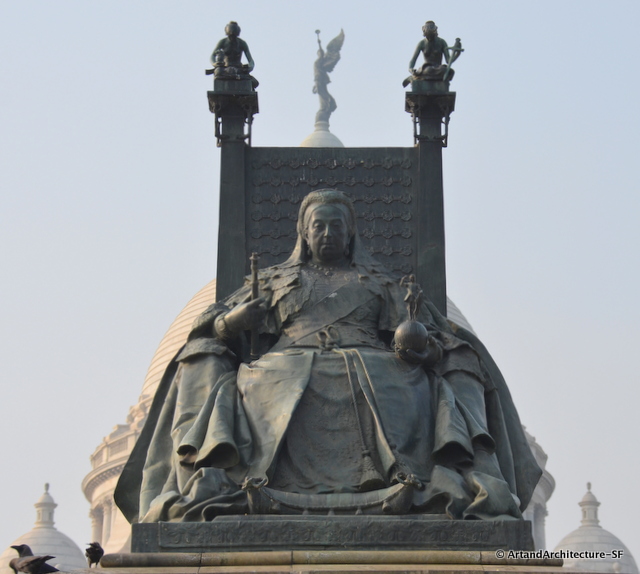 This amazing bronze of Queen Victoria was by Sir George Frampton. There are also two incredible bronze panels that depict a vice-regal procession. The work is just stunning.
This amazing bronze of Queen Victoria was by Sir George Frampton. There are also two incredible bronze panels that depict a vice-regal procession. The work is just stunning.
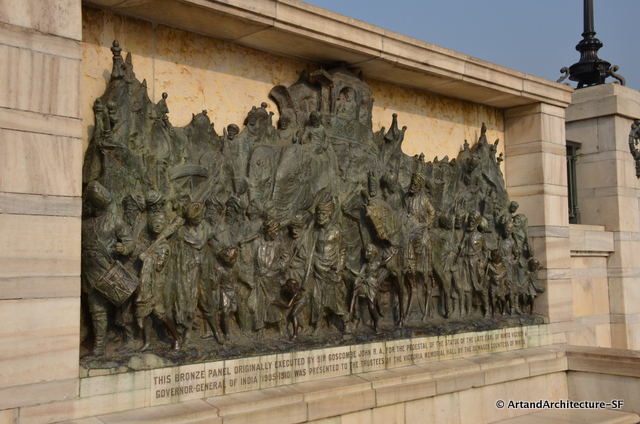 The museum sits on 64 acres of gardens and was so quiet and peaceful you could forget for a few minutes where you were.
The museum sits on 64 acres of gardens and was so quiet and peaceful you could forget for a few minutes where you were.
Our second stop was St. John’s Church. Imagine, if the Mayflower landing is also where the Liberty Bell was and where they signed the constitution. All the British important happenings, and monuments are here.
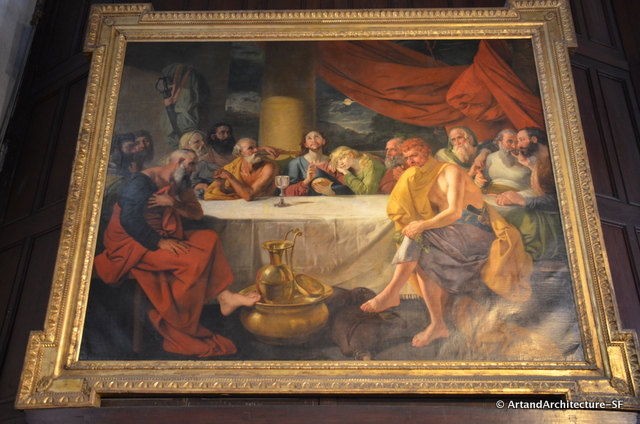
Jesus was portrayed as Greek priest, Father Parthenio. Judas was portrayed as the auctioneer William Tulloh. John is represented by W.C.Blacquiere the police magistrate of Calcutta during the 1780s. The effeminate police officer was a master in adopting female disguises.
St. Johns was the first Anglican parish church in Kolkata and was established in 1787. It houses the Last Supper by Johann Zoffany who gave the 12 disciples the face of British personalities famous in the city at the time.
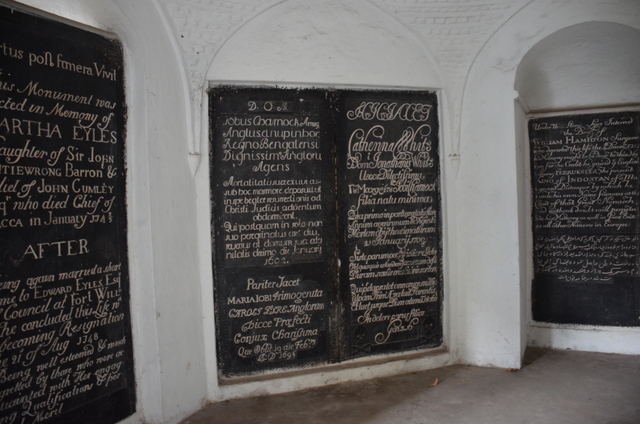 The Mausoleum of Job Charnock is here, he was believed to have laid the foundations of the English settlement in Calcutta.
The Mausoleum of Job Charnock is here, he was believed to have laid the foundations of the English settlement in Calcutta.
*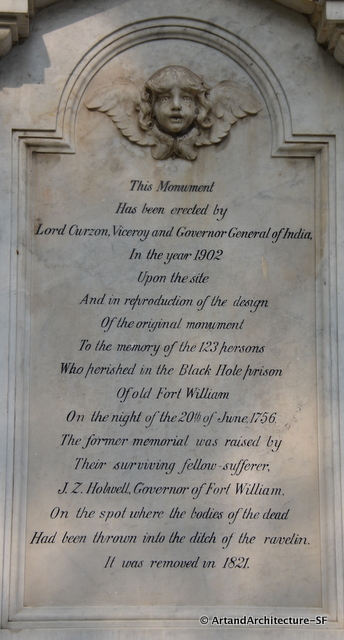 Here also stands the memorial to the “Black Hole Tragedy”. When the the Nawab of Bengal captured the British Fort William (which contained the Black Hole Prison) in 1756, he imprisoned an unknown number of Brits in a small airless cell, (One of the prisoners, John Zephaniah Holwell, claimed that 123 prisoners died out of 146 held. However, the precise number of deaths, and the accuracy of Holwell’s claims, have been the subject of controversy). The story continues, that they were simply forgotten, and when they were found the next morning only 23 were alive. Hence the saying “The black hole of Calcutta.”
Here also stands the memorial to the “Black Hole Tragedy”. When the the Nawab of Bengal captured the British Fort William (which contained the Black Hole Prison) in 1756, he imprisoned an unknown number of Brits in a small airless cell, (One of the prisoners, John Zephaniah Holwell, claimed that 123 prisoners died out of 146 held. However, the precise number of deaths, and the accuracy of Holwell’s claims, have been the subject of controversy). The story continues, that they were simply forgotten, and when they were found the next morning only 23 were alive. Hence the saying “The black hole of Calcutta.”
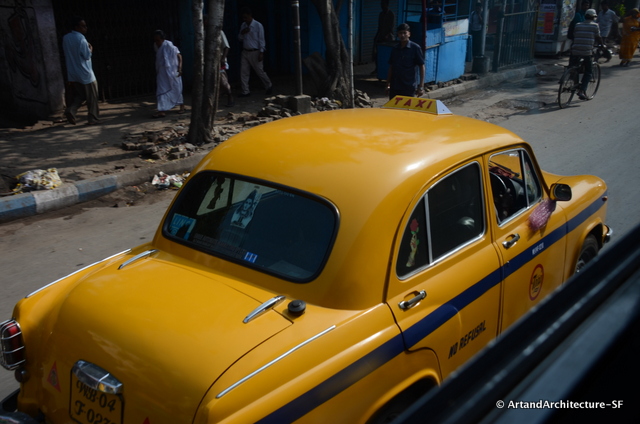 I can’t leave Kolkata without discussing the cabs. This is the Calcutta Taxi, in production from 1958 to 2014 with few improvements or changes. It is based on the Morris Oxford series III model, first made by Morris Motors Limited at Cowley, Oxford in England from 1956 to 1959.
I can’t leave Kolkata without discussing the cabs. This is the Calcutta Taxi, in production from 1958 to 2014 with few improvements or changes. It is based on the Morris Oxford series III model, first made by Morris Motors Limited at Cowley, Oxford in England from 1956 to 1959.
The Ambassador was the first car to be made in India and was once a status symbol, but began losing its dominance in the mid-1980s when Suzuki introduced a lower priced car. Despite its British origins, the Ambassador is considered the definitive Indian car and is referred to as “The king of Indian roads”. The automobile was manufactured by Hindustan Motors near Kolkata. As of May 2014, the Hindustan Motors suspended the production of the Ambassador.
Next stop the airport for our flight to Bhubaneswar. Bhubaneswar is the capital of Orissa. We were all impressed from our fist sight of this town as to how clean and calm it is. The town is considered a Tier-2 city and is one of modern India’s first planned cities. It would be complicated to go into India’s urban planning at this point, but suffice it to say, we all are very comfortable in this town.
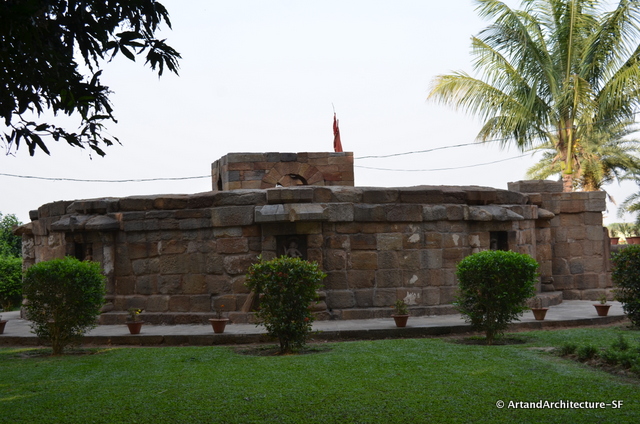 We made only one temple stop today at the Temple of Chausath Yogini in Hirapur village. This circular temple was built during the 10th century to harness the supernatural powers of the Yogini. It is filled with 64 (chausath) exquisitely carved, black granite panels that are about 2 feet tall and represent the 64 manifestations of the goddess Shakti, who symbolizes female creative energy.
We made only one temple stop today at the Temple of Chausath Yogini in Hirapur village. This circular temple was built during the 10th century to harness the supernatural powers of the Yogini. It is filled with 64 (chausath) exquisitely carved, black granite panels that are about 2 feet tall and represent the 64 manifestations of the goddess Shakti, who symbolizes female creative energy.
*
Namaste
